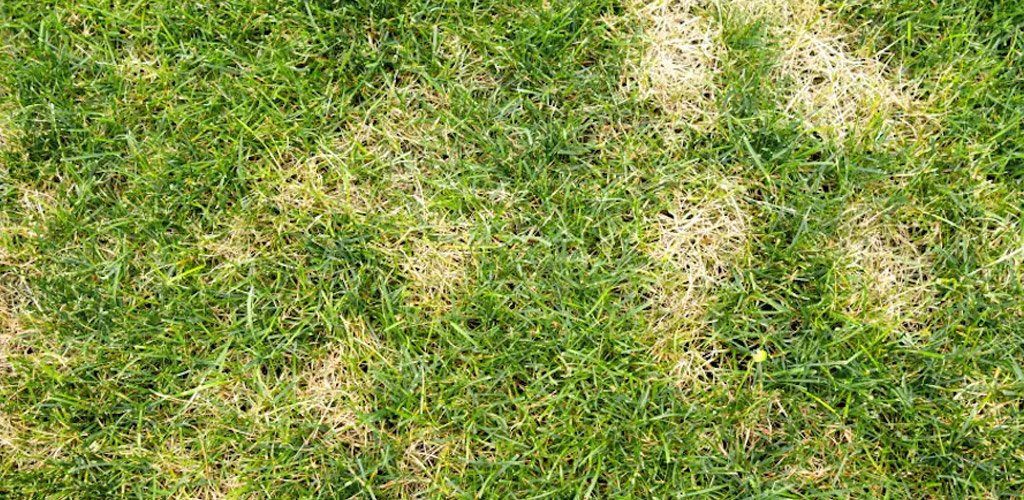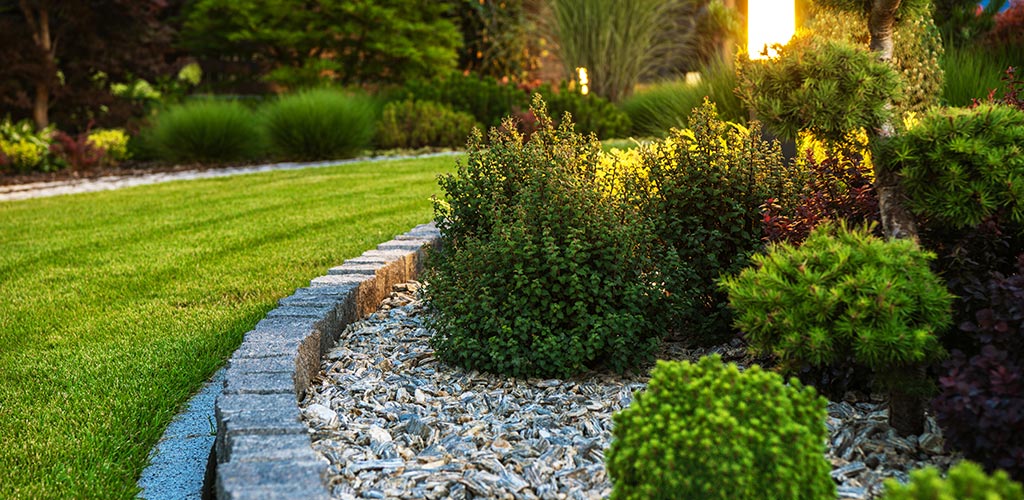In Alabama, spring usually brings healthy green-up for Bermuda lawns—but this year, many homeowners are spotting something else: small, bleached patches of grass that seem to be spreading overnight. That’s Dollar Spot, and thanks to a wet, humid spring, it’s arriving earlier than usual.
At Steven’s Wack-N-Sack, we’re seeing more of this fungal disease across our service areas in central Alabama, and early treatment is key to preventing long-term damage.
What Is Dollar Spot?
Dollar Spot is caused by the fungus Clarireedia jacksonii and primarily affects warm-season grasses like Bermuda. The name comes from the silver-dollar-sized dead spots it leaves behind—although in severe cases, these spots can merge into large bleached patches.
It thrives in:
- Lawns with low nitrogen: Nutrient-poor turf is more susceptible to fungal invasion, and Dollar Spot takes advantage of weak growth.
- Moisture stress: Whether from overwatering, underwatering, or inconsistent rainfall, grass under moisture stress becomes more vulnerable.
- Short mowing heights: Cutting Bermuda too low weakens its defenses and creates openings for fungal growth.
- Prolonged leaf wetness: Dew, rain, or late watering can leave grass blades wet overnight, promoting fungal activity.
If your lawn has looked patchy or bleached in the early morning, there’s a chance Dollar Spot is to blame.
Why It’s Showing Up Early in 2025
Normally a midsummer issue, Dollar Spot is already active this May due to:
- Heavy spring rains followed by warm afternoons: This creates ideal conditions for fungal germination and spread.
- Cool nights and high humidity: Moisture lingers on the grass longer, which allows fungal spores to thrive and multiply.
- Bermuda grass still recovering from winter dormancy: Lawns that haven’t fully greened up or thickened out are especially at risk.
This combination has created the perfect storm for Dollar Spot to thrive—and fast.
How to Spot It in Your Lawn
Look for:
- Small, straw-colored circular spots (1–2 inches): These start out looking like dry patches but won’t bounce back with water.
- Spots merging into larger patches if left untreated: If ignored, Dollar Spot can quickly form unsightly brown areas several feet wide.
- Thin or brittle grass blades with hourglass-shaped lesions: A close look at the blades may show narrowing, bleached sections mid-blade.
- Grass that looks water-stressed despite recent rain: If your lawn is getting plenty of moisture but still looks tired, fungal activity may be the cause.
Also, note what it’s not—Dollar Spot is often confused with:
- Drought damage: But drought stress typically affects larger, more irregular areas.
- Grub infestation: Grubs pull grass up from the roots, while Dollar Spot affects blades.
- Pet urine spots: These tend to be darker in the center with a ring of healthy growth around the edge.
What You Can Do Right Now
If you suspect Dollar Spot, take these steps:
- Let Steven’s Wack-N-Sack know if you notice any suspicious spots: If we already care for your lawn, early detection allows us to treat the issue before it spreads—just snap a photo and send it our way.
- Raise your mowing height slightly: Giving grass a little more leaf area helps it photosynthesize better and recover from stress.
- Avoid watering in the evening: Watering in the morning allows blades to dry off during the day, reducing fungal growth.
- Fertilize appropriately: A controlled dose of nitrogen strengthens turf, helping it outgrow the disease and fill in thin areas.
- Spot-treat with fungicide if the problem is localized: Targeted fungicide can halt early outbreaks without treating the entire lawn.
How Steven’s Wack-N-Sack Can Help
Our turf care experts can:
- Identify Dollar Spot during a lawn inspection: We know exactly what to look for and can confirm if it’s Dollar Spot or another issue.
- Apply the right fungicide at the right rate and timing: Proper fungicide use prevents resistance and maximizes effectiveness.
- Adjust your fertilization plan to support lawn recovery: We fine-tune your feeding schedule to ensure strong regrowth.
- Review mowing and watering routines to prevent recurrence: We’ll check your mowing height and watering schedule to help reduce the conditions that promote fungus.
We also use high-quality commercial mowers with sharp blades to avoid damaging turf, which can worsen fungal spread.
Don’t Wait—Treat Early
Dollar Spot can spread quickly and leave lasting damage if ignored. With early intervention, you can stop the fungus in its tracks and restore your lawn’s health before summer fully sets in.
Not sure if your lawn is showing symptoms? Let’s take a look.
📞 Call or request service today and let Steven’s Wack-N-Sack stop fungus before it takes hold.



